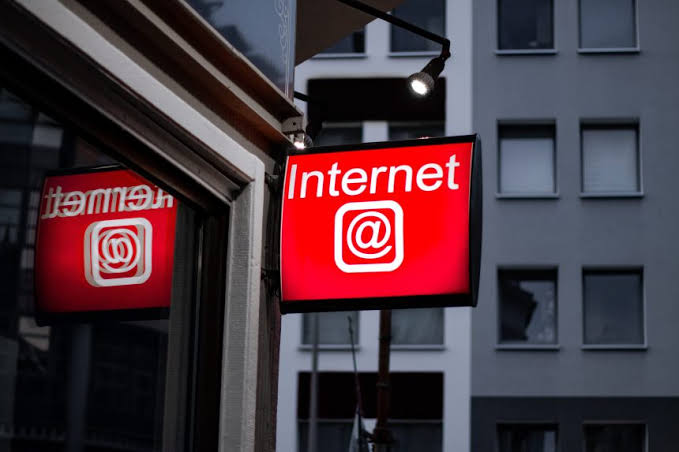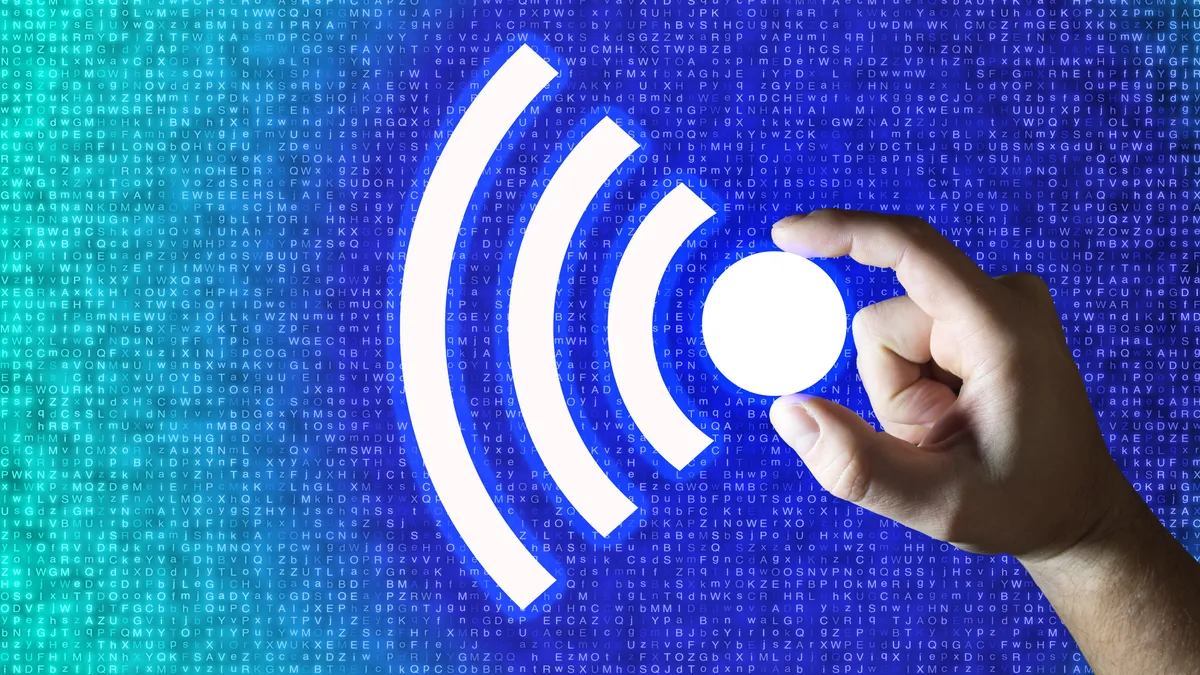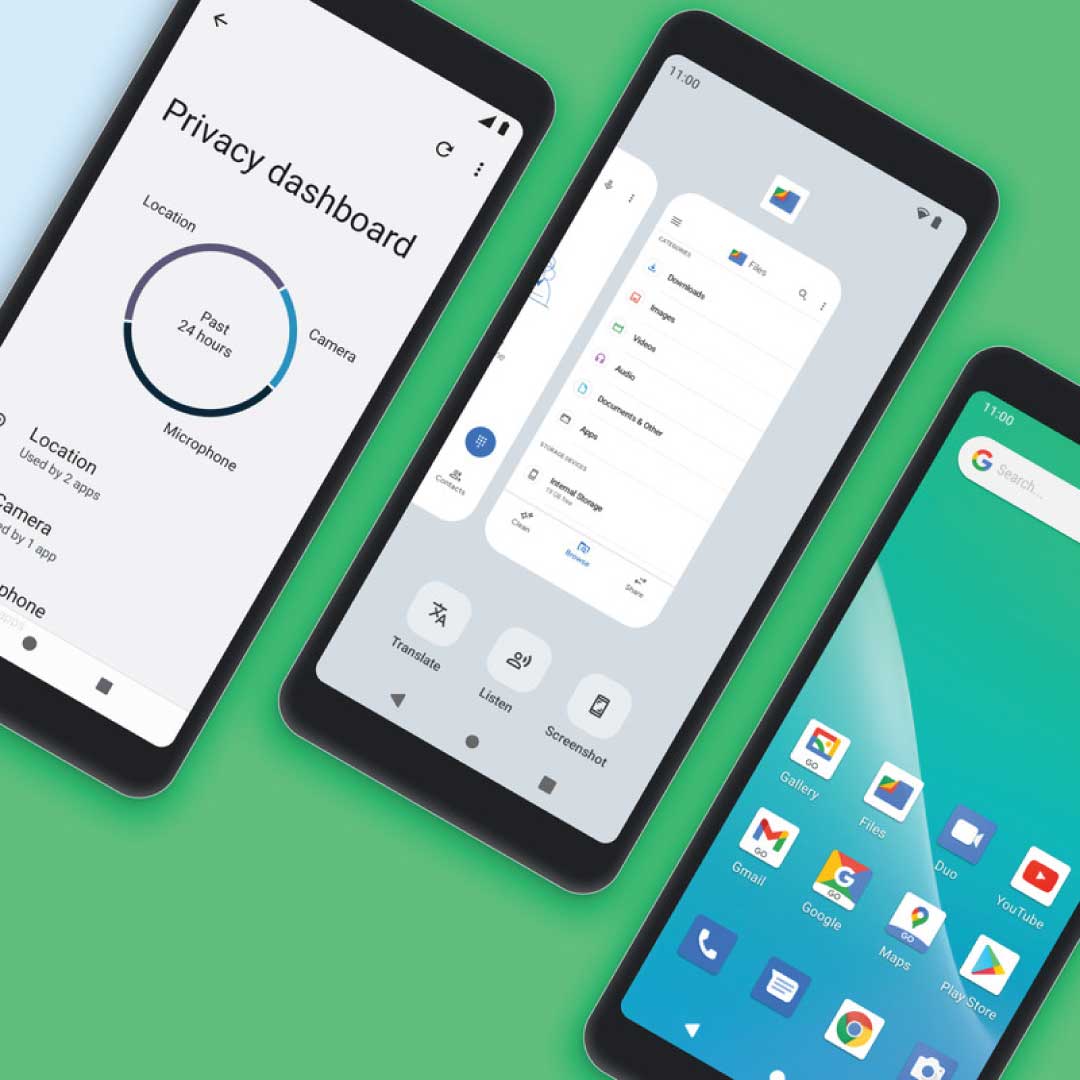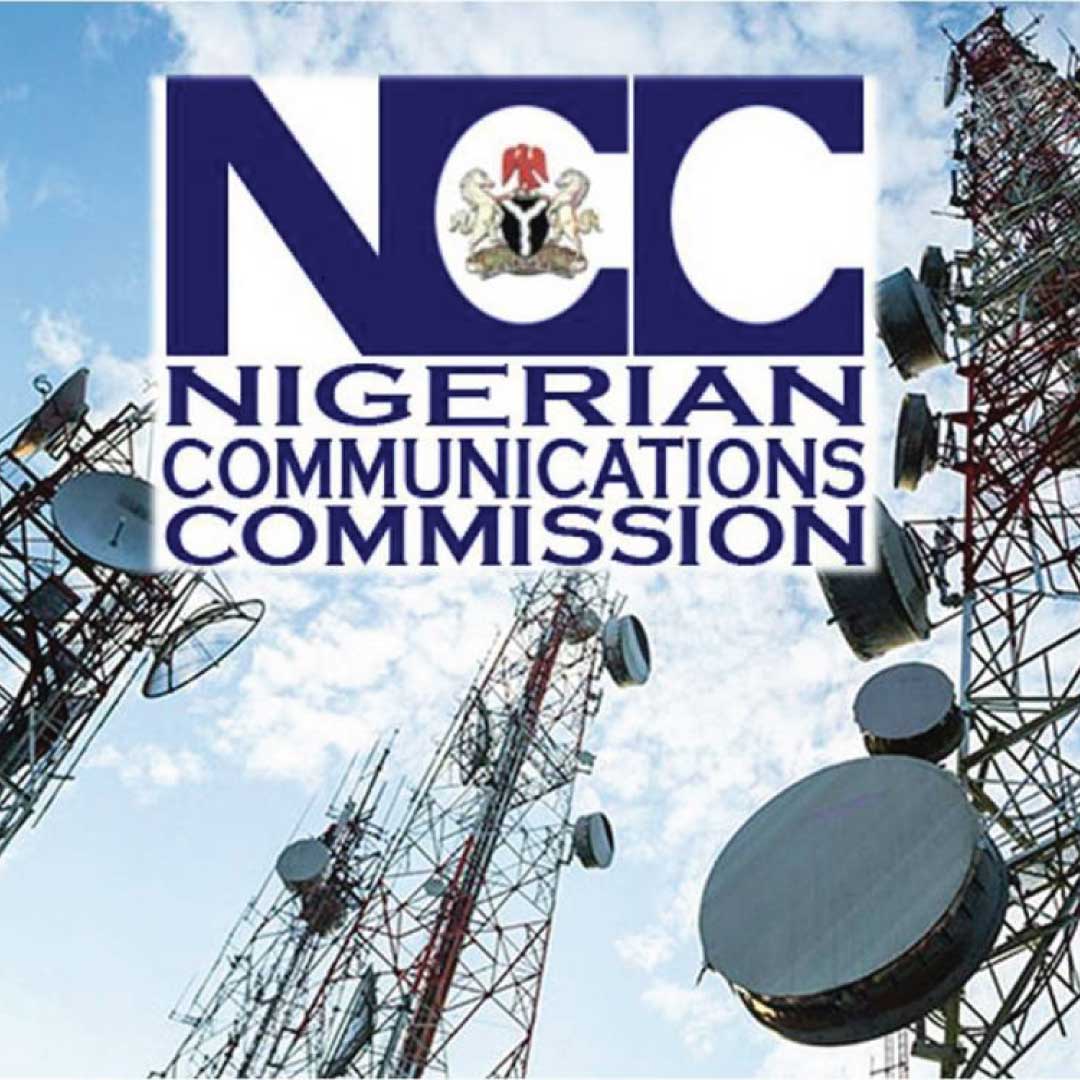Nigeria’s broadband usage is on a steady rise. NCC has announced that broadband usage went up from 40.9% in February 2022 to 44.5% in July 2022. This development aligns with the national broadband target of 70% from 2020 to 2025.
The Executive Vice Chairman of the Nigeria Communications Commission, Prof. Umar Danbatta, made the disclosure during a three-day public inquiry on five telecom regulations and guidelines which began in Abuja. He said the commission has to be prepared to match these emerging technologies and advancements with appropriate regulations and guidelines. “With the technological advancements anticipated in the coming years, it is expected that there will be a proliferation of devices in the industry. It is, therefore, essential for the Commission to ensure that the right regulatory frameworks can accommodate such eventualities,” he said.

Also present at the event were all members of the Board of Commissioners, led by its Chairman, Prof. Adeolu Akande.
The Commission’s CEO said the public inquiry, which covers five areas of existing regulations, aims to achieve operational efficiency and excellence. He listed the regulatory instruments under review at the public inquiry to include:
1. Type Approval Regulations
2. Guidelines on Short Code Operation in Nigeria
3. Guidelines on Technical Specifications for the Deployment of Communications Infrastructure
4. Guidelines on Advertisements and Promotions
5. Consumer Code of Practice Regulations.
According to Prof Danbatta, these 5 focus areas are already articulated in some important documents guiding the operations of the Commission.
Said documents include:
1. The Nigerian National Broadband Plan (NNBP) 2020 – 2025
2. The National Digital Economy Policy and Strategy (NDEPS) 2020 – 2030
3. NCC’s Strategic Management Plan (SMP) 2020-2024
4. NCC’s Strategic Vision Implementation Plan (SVIP) 2021–2025
He said all the above-listed plans are being implemented toward achieving the Commission’s 2020-2025 mandate.
Danbatta said the public inquiry is in tandem with the Commission’s strategy of consulting stakeholders in all its regulatory interventions. While stating that these strides are the results of the Commission’s regulatory efficiency and focused implementation of policies and strategies of the Federal Government of Nigeria.
He also said that the amendment of these regulatory instruments was to reflect current realities, one of which is the anticipated deployment of the Fifth Generation (5G) technology and management of shortcodes in Nigeria, including the Toll-Free Emergency Code 112.
Also speaking at the event, the head of Telecoms Laws and Regulations at NCC, Helen Obi, stated that public inquiry allows the Commission to incorporate the comments and suggestions of industry stakeholders in developing its regulatory instruments.
She said the process ensures that the Commission’s regulatory instruments are in line with the current realities in the industry, as it had done with some regulatory frameworks and guidelines in 2021.
Read: Orange Group Prioritises Nigerian Telecommunications Market
What is Broadband?
In telecommunications, broadband is wide bandwidth data transmission which transports multiple signals at a wide range of frequencies and Internet traffic types, which enables messages to be sent simultaneously and used in fast internet connections.
Broadband includes several high-speed transmission technologies such as Digital Subscriber Line (DSL), Cable Modem, Fiber, Wireless, Satellite, and Broadband over Powerlines (BPL). The broadband technology a subscriber chooses will depend on several factors. These may include whether he is located in an urban or rural area, how broadband Internet access is packaged with other services (such as voice telephone and home entertainment), price and availability.
Broadband Usage in Nigeria
Statistics from the Nigerian Communications Commission (NCC) showed that some 25 million Nigerians in some 114 communities, otherwise known as access gaps, have no access to essential telecommunication services in the country.
The data also shows that, as of January 2022, 79.4 million Nigerians have broadband access, representing 41.61 per cent. The penetration dropped in February to 40.9 per cent, with 78 million users.
It however rose in March to 42.91 per cent and 80.6 million users. It increased in April with 81.9 million Nigerians having access and getting 42.79 per cent. By May, the current data customers have increased to 83.3 million with 43.7 per cent market reach.
The digital divide which refers to the gap between people that have access to modern Information and Communications Technology (ICT) and those that do not have access or have restricted access is being influenced by the disparity in access levels in homes in Nigeria. Those in rural communities have fewer access opportunities.
Read: MTN Ghana Postpones Its 5G Pilot Phase
Bridging the Gap
Through the National Broadband Plan 2020 to 2025, NCC set a target of 70% penetration and 90% population reach, and the recent increase to 44.5% shows that there are results for the Commission’s effort.
The World Bank has found that in low- and middle-income countries, every 10 percentage point increase in broadband penetration accelerates economic growth by 1.38 percentage points. This is more than in high-income countries and more than for other telecommunications services.
The World Bank challenged sub-Saharan Africa, focusing on Nigeria, to ensure it leads the region in connecting about 1.1 billion online by 2030 and bridge the connectivity gap. To get this done, the World Bank estimated that about $100 billion or close to $9 billion would be required yearly. The deployment of nearly 250,000 new 4G base stations and at least 250,000 kilometres of fibre across the region is required to achieve this remarkable feat.
It stressed that connecting the unconnected would also require rolling out innovative and alternative solutions (Wi-Fi and satellites) to reach the nearly 100 million people that live in remote, rural areas, currently out of reach of traditional mobile networks.
According to the World Bank, for the most part, achieving universal access to broadband connectivity is an infrastructure challenge, with nearly 80 per cent of all required investments directly tied to the need to roll out and maintain broadband networks.
It noted that investing in good quality, affordable and reliable infrastructure won’t be enough as an additional $18 billion will be needed to develop a digital ecosystem, which means investing in basic digital skills and local content to support development opportunities.




